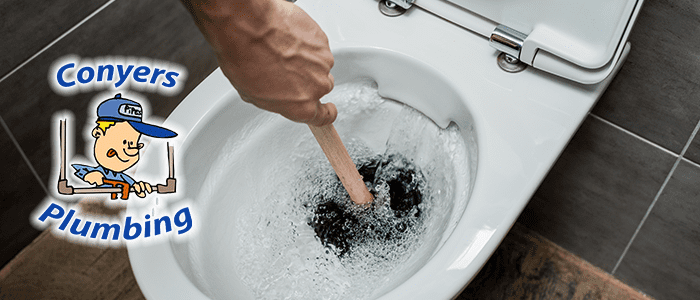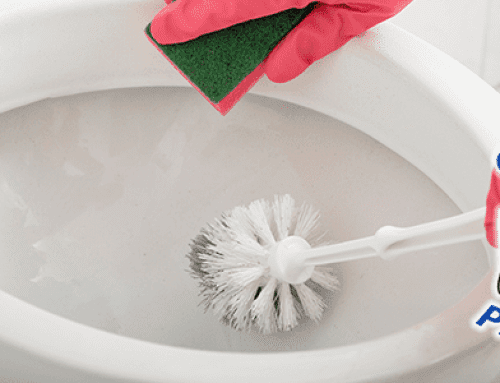The one thing that makes people panic in the bathroom is seeing slowly rising water in the toilet bowl. Knowing that at some point, you might have a literal mess at your feet can cause a feeling of anxiety, disgust, and embarrassment. More often than not, however, there is an adequate warning in the sign of a slow draining toilet to let you know there is a problem. In this article, we will discuss the causes of slow draining toilets. Then, in Part Two, we will discuss how to resolve the common issues with draining.
Importance Of Diagnosing The Issue
There are many reasons for a toilet to drain slowly. However, diagnosing the cause will make it easier to fix the problem and prevent it from occurring in the future.
Not Enough Water In The Tank
Toilets work with a combination of gravity and water displacement. A water reservoir is stored in the tank of the toilet. When you flush a toilet, the reservoir releases into the bowl. The new water pushes the existing waste in the bowl to the bottom to be drained.
If the tank does not have enough water, then the force needed to displace the waste in the bowl will not be sufficient, thus leading to a slow draining toilet. There can be many reasons for the tank reservoir to be low. If there is a leak or the reservoir is not filling up properly, then this can be a bigger issue and might require repair by a professional plumber. In the meantime, increasing the water level in the tank may resolve the slow draining issue.
Problem With The Jet Holes
If the water tank reservoir has been checked and there is no problem with the water level and the force in which the water displaces the waste in the toilet bowl, then the problems can be with the toilet. The jet holes are the system in which the water is forced from the reservoir tank into the toilet bowl to displace the waste and force it down the drain.
A common problem that can prevent the jet holes from operating properly is the buildup of sediment or waste material in the holes. This occurs when the toilet is not properly cleaned regularly. It is important to maintain a regular cleaning of the toilet to ensure these holes are working properly.
Blocked Drain
One of the most common issues leading to a slow draining toilet is that of a blockage in the drain. If there is a blockage, this blockage will prevent the waste from draining and cause the toilet to drain slowly. The best way to check to see if there is a blockage is to add about a gallon of water into the toilet bowl and flush. If the water rises, then there is a blockage that needs to be resolved. If the water remains the same, then the toilet is not getting enough force from the tank reservoir.
Fixing Slow Draining Toilets
In our next article, Dealing With Slow Draining Toilets; Part Two, we will discuss steps that can be taken to resolve issues of slow draining toilets. If you have any plumbing issues or concerns, contact Conyer’s Plumbing for a consultation.




